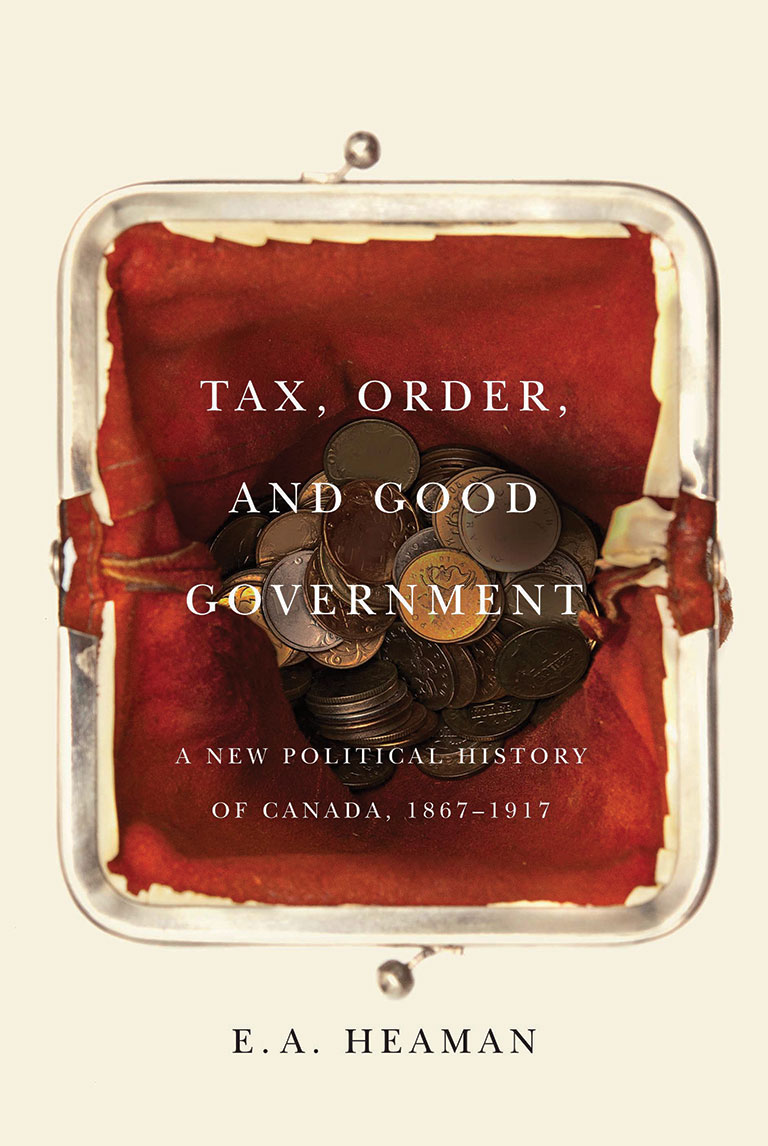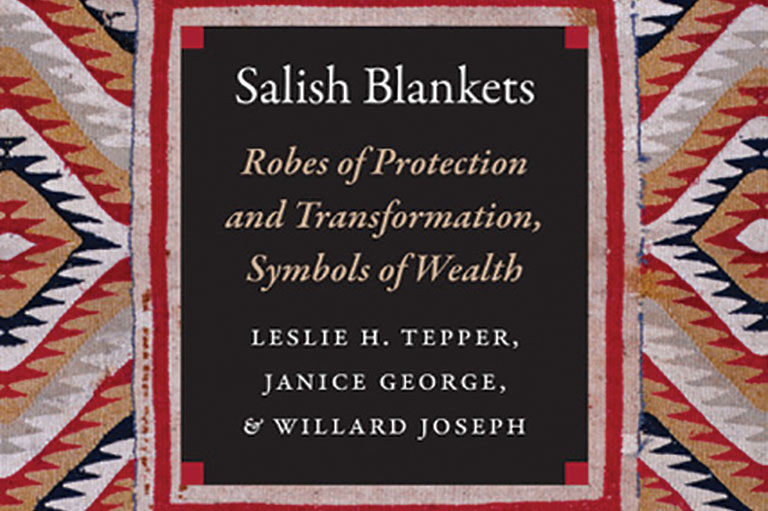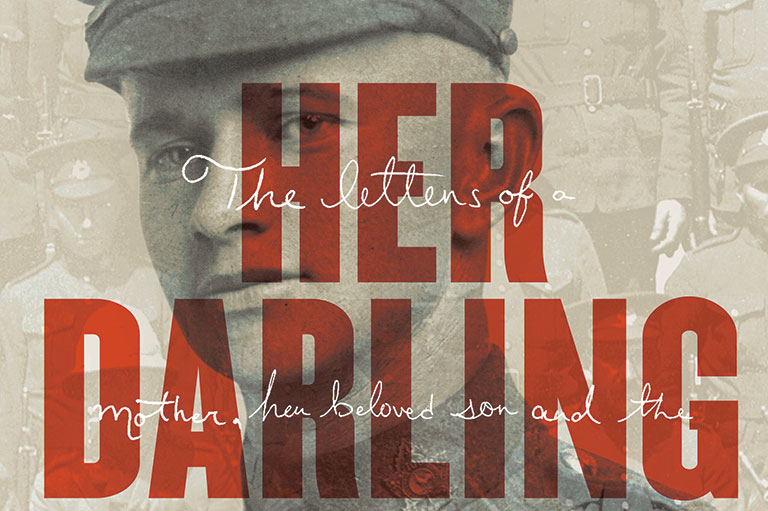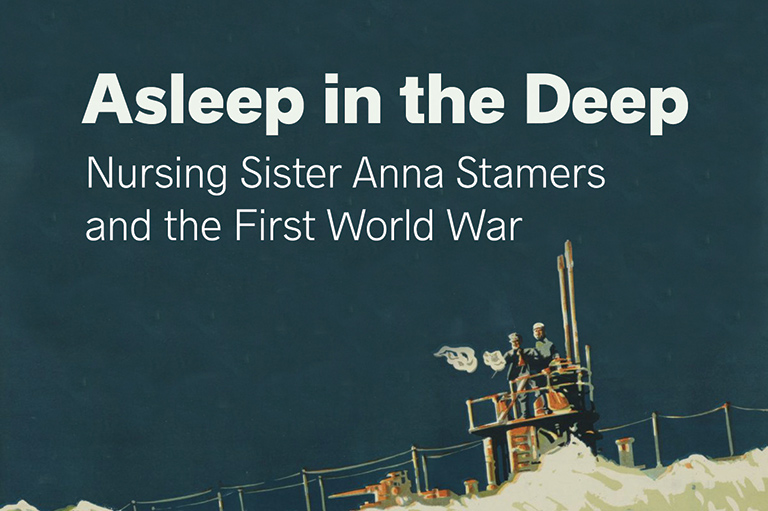Tax, Order, and Good Government

Tax, Order, and Good Government: A New Political History of Canada, 1867-1917
by E.A. Heaman
McGill-Queen’s University Press,
598 pages, $39.95
A double review with
Give and Take: The Citizen-Taxpayer and the Rise of Canadian Democracy
by Shirley Tillotson
UBC Press,
444 pages, $39.95
Unless you are an accountant or a corporate lawyer, a history of Canadian tax policy will not be at the top of your reading list. But here are two books that show how a topic’s importance should rank ahead of its popularity — and it helps that both books are very entertaining.
At the core of governing are decisions on how, where, and when to spend public money. How and when to collect money, and from whom, are equally important. Put another way, we all pay taxes, and we have an interest in how that money is spent.
Shirley Tillotson, from the University of King’s College in Halifax, argues in Give and Take that taxation feuds are at the heart of Canadian political history. She writes in a light, accessible manner, drawing extensively on official documents, which are supplemented by letters from individual Canadians to federal ministers of finance and national revenue and to other government officials. These letters, she says, are “a gold mine for social history.” She begins in 1917, when the federal income tax was introduced as a temporary measure to finance the Great War, and concludes in 1971, when Canada’s personal and corporate tax laws were substantially modernized.
While income tax is “the headline story,” Tillotson points to many other fiscal measures, such as customs duties and property rates, that make up the “terrain of tax culture.” Her larger goal is to show how “taxation has been more than a matter of economics, obscure accounting gambits, and high politics.”
Tillotson is skilful in using historical analysis to explain the past through a modern lens. At times it feels that she is racing to set down many thoughts, but her central theme is clear: Taxation and citizenship are firmly linked in democratic life. As Canada matured, fiscal policies required open conversations, not backroom deals, to achieve “tax fairness and a just social order.” Hence the concept of the “citizen-taxpayer” in the title of the book.
Among other findings, Tillotson argues that the image of Canadians as ever-obedient taxpayers is a myth. She draws some parallels with American-style tax resistors, while stressing that our taxation conflicts were rooted in regional differences and clashing visions of the role of women, families, and “luxury” in society.
While Tillotson deals with a fairly modern period (if you agree that modern Canada emerged during the First World War), she warmly recommends her book’s “fraternal twin” — E.A. Heaman’s Tax, Order, and Good Government — which is focused on taxation issues in the early Confederation years, between 1867 and 1917. “My greatest intellectual debt is owed to Elsbeth Heaman,” Tillotson writes. So let’s turn now to that study.
Heaman is based at McGill University and begins her book with wry comments on how tax history must seem “the most boring work imaginable.” She really doesn’t mean it and proceeds to assert both that tax history reveals the “beginnings of modern social ‘rights’” and that “the modern state emerged from debates about fair taxation.”
Heaman’s work is dense, with references to contemporary philosophy and classic British economics. She argues that the social culture of taxation is a version of “the political fights over resources” and is as important to Canada’s history as “competing regions, nationalisms, and racializations.”
She interprets Confederation as a sly fiscal pact, assigning social powers to provinces that did not have sufficient revenues to engage in welfare spending to mitigate poverty or to influence labour markets. Meanwhile, the central Dominion government retained revenues from trade and excise duties, using tariffs to protect favoured industries while subsidizing favoured “clients,” notably the railroads.
Tax-policy changes were essential to moving Canada from government based on property values to a democracy based on citizenship values. The 1917 decision to create an income tax (long after this type of tax was applied in Britain and the United States) is seen by Heaman as a victory for social fairness. It was achieved through hard political battles between regional and national forces, progressives and plutocrats, labour and managers, among others. The terminology of those times now feels dated, but the issues remain with us as we continue to wrangle over minimum wages, the security of company pensions, business taxes, and free trade.
Both books use extensive archival and published sources, and both examine important episodes and players to explain decisions, elections, and campaigns. Their shared point of view is clearly stated by Heaman: “The desperate pleas of the poor for relief from harsh taxation do matter. They give this book its moral centre.” But these authors are not polemicists, and their work is thorough and nuanced.
The contribution here to political and social history is valuable, but I don’t fully buy the core argument. Yes, taxation policy is not sufficiently appreciated in our history; but other factors stand out more sharply in Canada’s successes and failures — notably, regional jealousies, ethnic fears, language, religion, culture, and wars. Tillotson and Heaman stress fiscal deviousness and tax fairness in our national narrative. They also show that, on fundamental tax-policy decisions, Canada’s record has not been brilliant. These are provocative findings that expand our understanding.
Themes associated with this article
Advertisement




